Toyota Uber Alles
Toyota is the most successful automobile company of modern times. By some calculations, they've passed Ford as the world's second largest automaker (a position Ford held since 1952). It's only a matter of time before Toyota surpasses GM for the number one spot. And no wonder: the Japanese company builds an impressive number of highly popular cars and trucks. While its rivals study Toyota's stars– the Camry, the Lexus SUVs and the Prius hybrid— the real recipe for their dominance is found elsewhere.
The most interesting aspect of Toyota's business is how they handle their failures. Take, for example, their forays into the US minivan market. Chrysler invented the genre with the introduction of their Dodge and Plymouth minivans. A few years later, Toyota responded with a small, boxy, mid-engined van, reminiscent of the cargo vans that Chrysler, Ford and GM had sold for years. Needless to say, Toyota's entry didn't even appear on the minivan buyer's radar screen. Toyota then spent a huge amount of money and restyled this van into the smooth and bulbous Toyota Previa. Again, buyers were lined up none-deep.
Toyota's third attempt was closer to a direct copy of the Chrysler vans, but smaller. Although it offered front wheel drive, the vehicle still captured a very small segment of the minivan market. By this time, the big three domestic manufacturers would have thrown in the towel. But Toyota doesn't work that way. They built yet another completely new minivan, the Sienna. Toyota finally got it right, and rapidly carved out a major portion of the minivan segment for their own.
Compare Toyota's persistence to Ford's reaction to the failure of the Freestar/Monterey minivans. After fielding a pair of vehicles that were never designed to be 'best in class', Ford appears mystified that they didn't sell as well as the previous Windstar van. Ford promptly fired the managers responsible and announced that they were getting out of the market.
How about another segment that the Americans appear to rule (at least for now): the full sized pickup truck? Toyota fielded their first full-size truck ten years ago, the T-100. As the pundits predicted, the machine languished in the marketplace. Toyota's response: try again, this time with the Tundra. Although the new truck was hardly a rousing success, it's a decent competitor that sells a lot better than Nissan's new Titan.
But Toyota isn't happy with being an also-ran. Rather than dole out huge incentives to move the old truck, Toyota has committed over a billion dollars to a new plant and a new truck. The plant, situated in the heart of pickup truck land (Texas), will produce a truck sized and powered to take on the Fords and Dodges and Chevrolets roaming the ranches. Will it succeed? I wouldn't bet against it.
Remember Toyota's response to the Fiero? The MR2 was a better-engineered automobile than Pontiac's roadster, but butt ugly. After the Fiero flamed-out (following a rash of engine fires), Toyota persevered. A complete restyle erased the uglies, and the MR2 soon won a deserved reputation as a vest pocket Ferrari. The sports car was the centerpiece of Toyota's performance image for many years. Although it failed to earn its keep in pure profit, it helped burnish Toyota's performance credentials for many years.
GM reacted to the Fiero's shortcomings by discontinuing the car. Not long afterward, the Mercury Capri came and went. But Toyota spent many years developing the MR2 and sporty Celica, and learned many valuable lessons about building budget-minded performance cars. You can bet that experience will be brought to bear on the two machines' inevitable replacements.
Seen the new Toyota convertible? Not many people have. The Solara, aimed directly at the Chrysler Sebring, remains practically invisible. At the moment, Chrysler owns the convertible image, if not the market. But with Toyota's can-do attitude and long-term committment, it's not unreasonable to expect ongoing improvements to the Solara's engineering, styling and marketing which will eventually make it a credible Sebring competitor.
Contrast this with the product development ethos at Ford or GM. If a car isn't an instant success, they cut off development money. Everyone associated with the program is considered persona non grata. In fact, the employees responsible are often sent to engineering Siberia or simply pushed out of the company. The knowledge gained, at great cost, is lost. Even the worst failure has a few features worth incorporating in future products. Developments from the Mark VIII, for example, could have been used to great advantage in the Lincoln LS to increase its competitiveness. Instead, everything about the Mark was tainted by failure. As a result, the successful parts of the Mark program were lost forever.
Continued commitment to product is the secret of Toyota's success. Everything else is just window-dressing.
More by Bob Elton
Latest Car Reviews
Read moreLatest Product Reviews
Read moreRecent Comments
- MaintenanceCosts Other sources seem to think that the "electric Highlander" will be built on TNGA and that the other 3-row will be on an all-new EV-specific platform. In that case, why bother building the first one at all?
- THX1136 Two thoughts as I read through the article. 1) I really like the fins on this compared to the others. For me this is a jet while the others were propeller driven craft in appearance.2) The mention of the wider whitewalls brought to mind a vague memory. After the wider version fell out of favor I seem to remember that one could buy add-on wide whitewalls only that fit on top of the tire so the older look could be maintained. I remember they would look relatively okay until the add-on would start to ripple and bow out indicating their exact nature. Thanks for the write up, Corey. Looking forward to what's next.
- Analoggrotto It's bad enough we have to read your endless Hyundai Kia Genesis shilling, we don't want to hear actually it too. We spend good money on speakers, headphones and amplifiers!
- Redapple2 Worthy of a book
- Pig_Iron This message is for Matthew Guy. I just want to say thank you for the photo article titled Tailgate Party: Ford Talks Truck Innovations. It was really interesting. I did not see on the home page and almost would have missed it. I think it should be posted like Corey's Cadillac series. 🙂




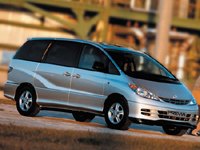



















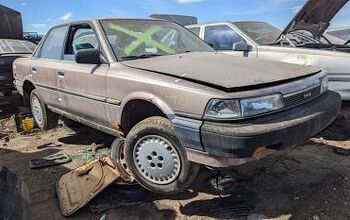
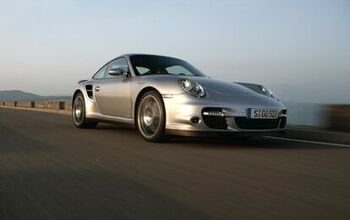
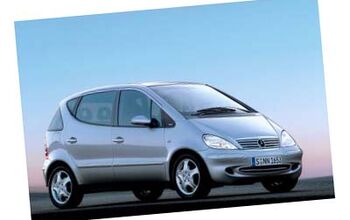
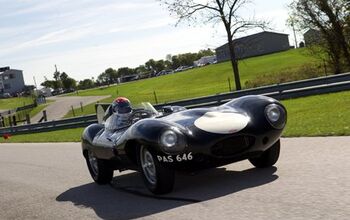










Comments
Join the conversation